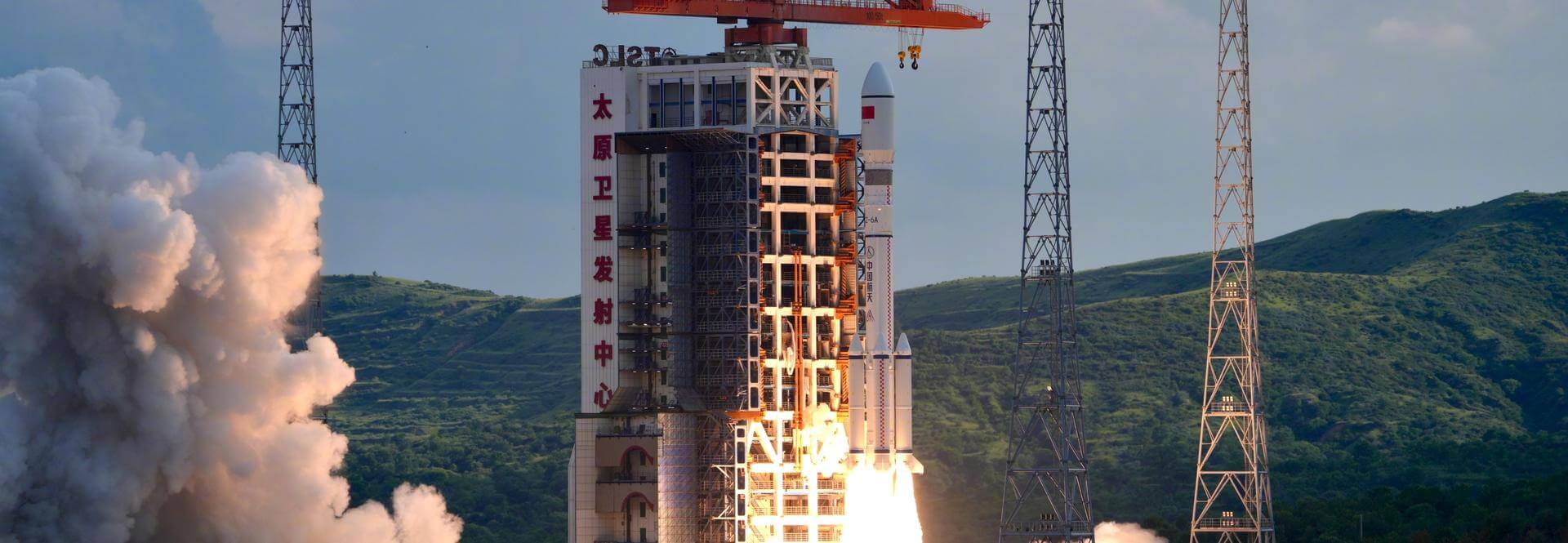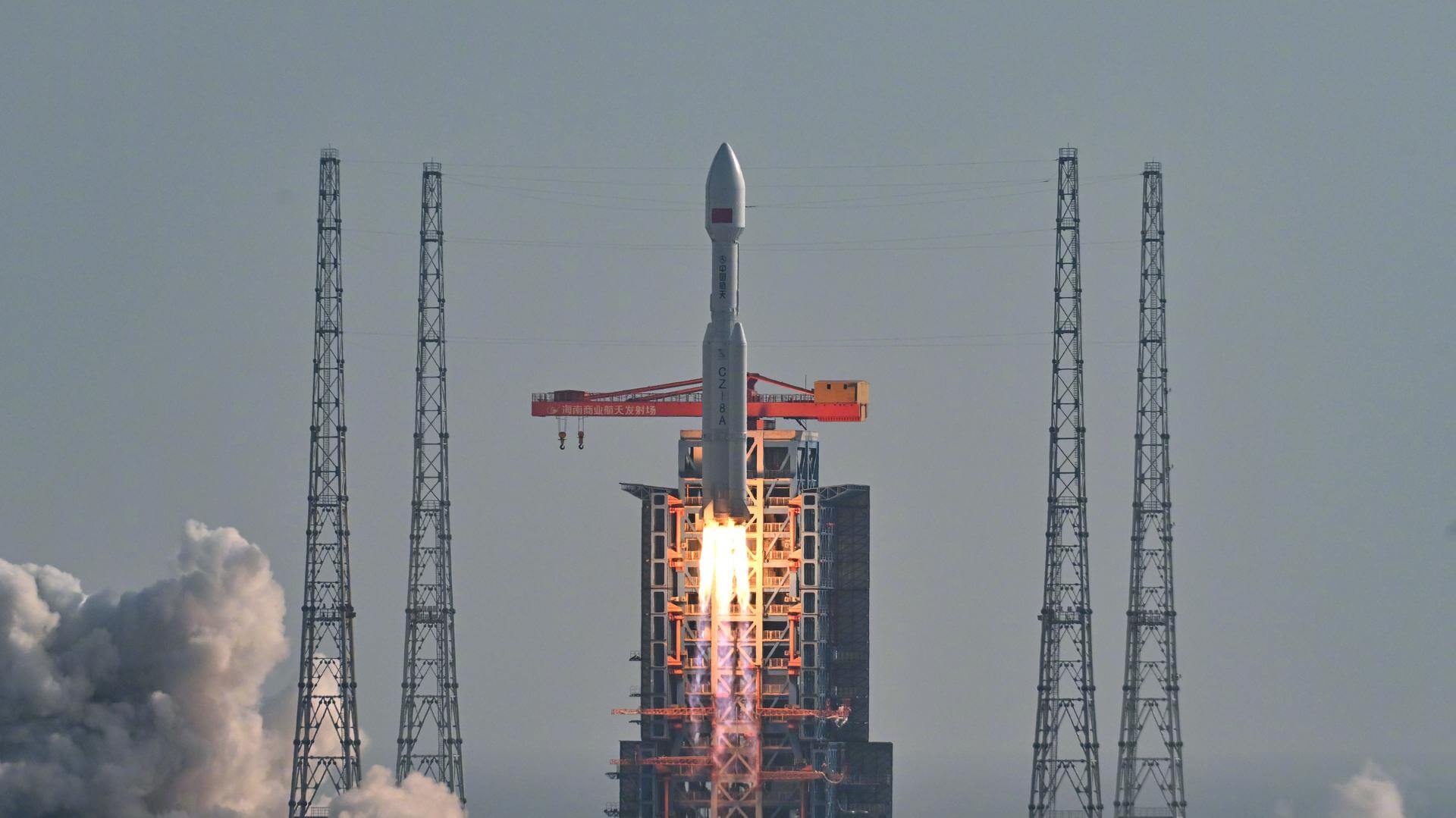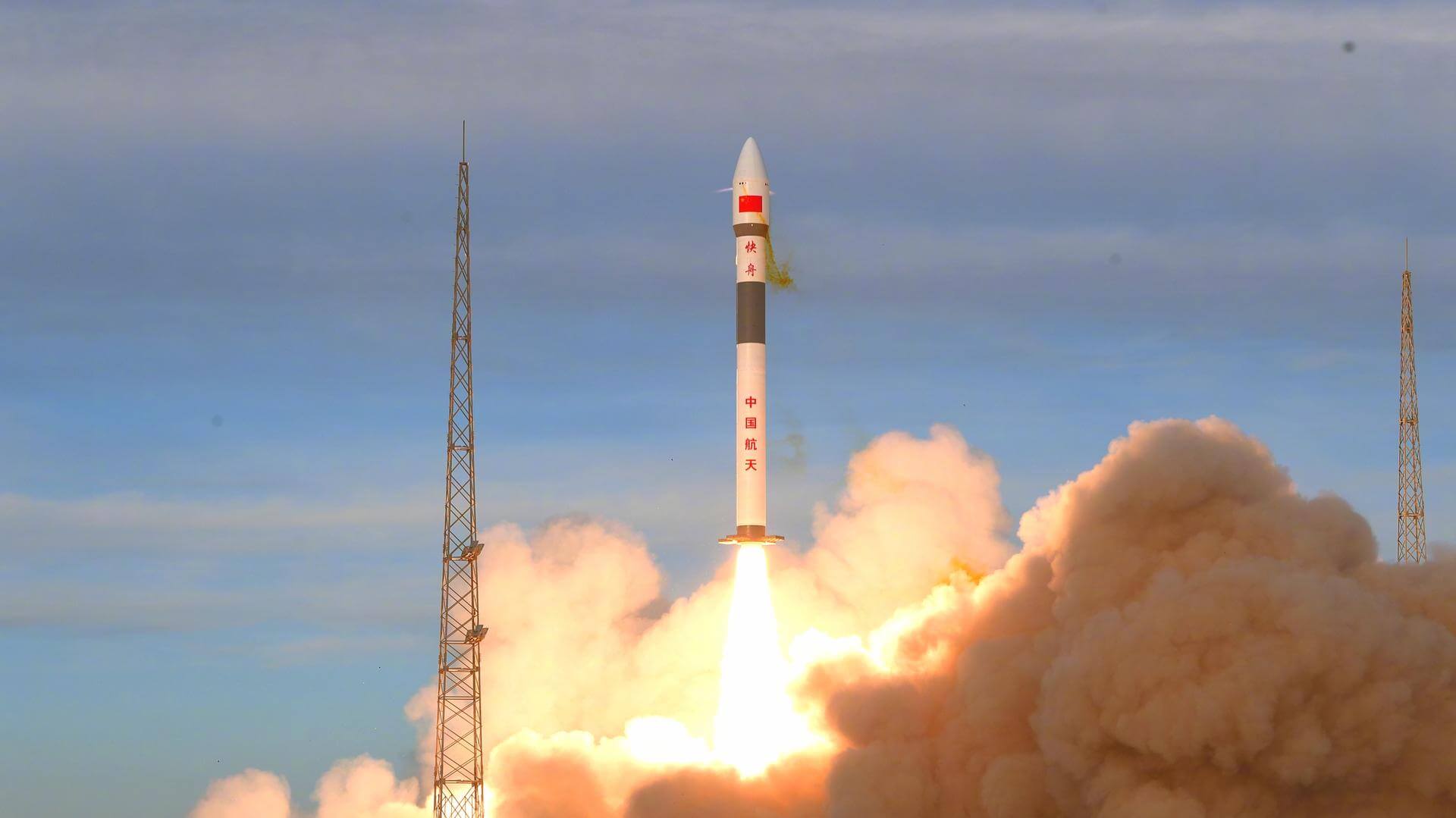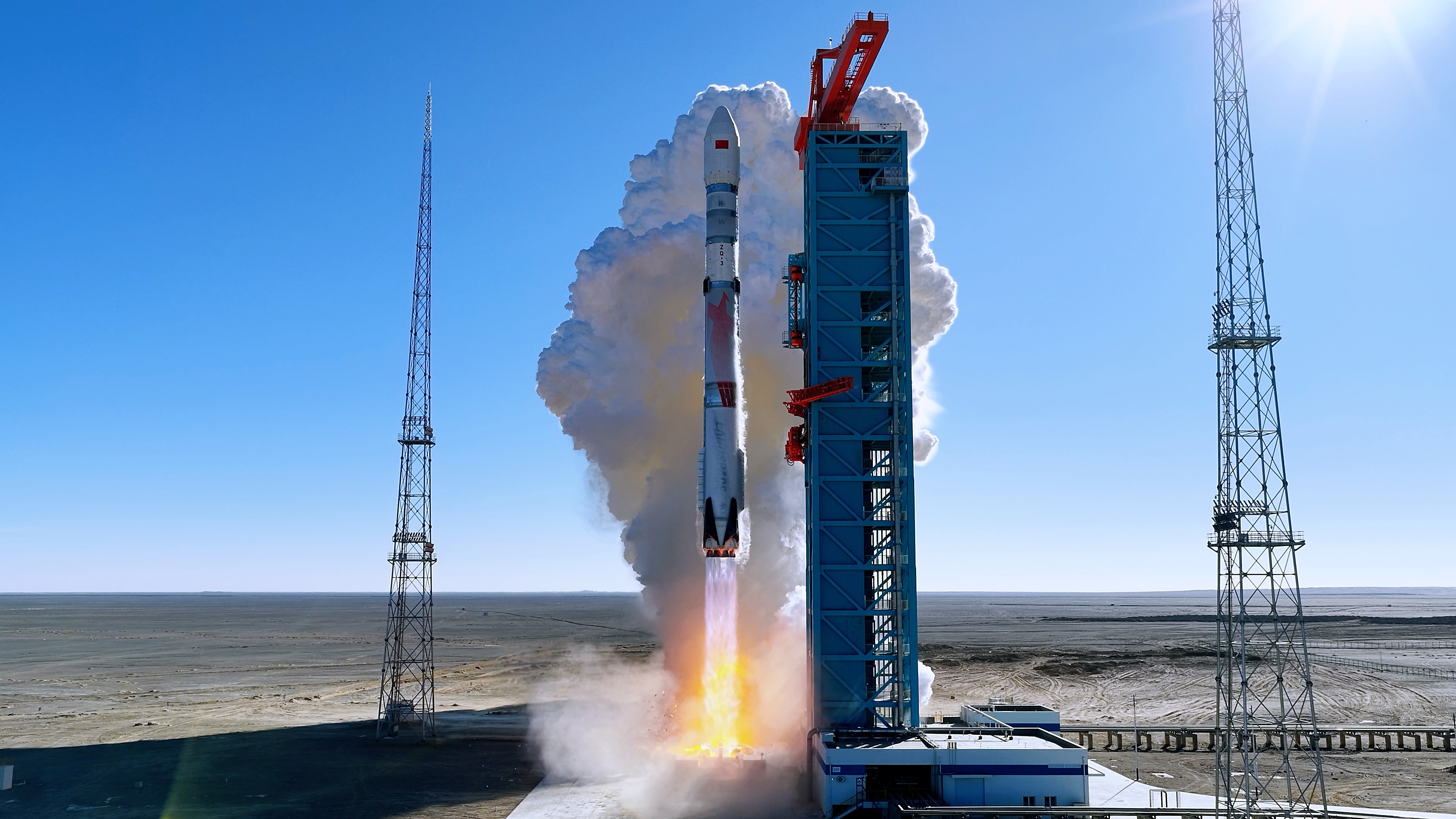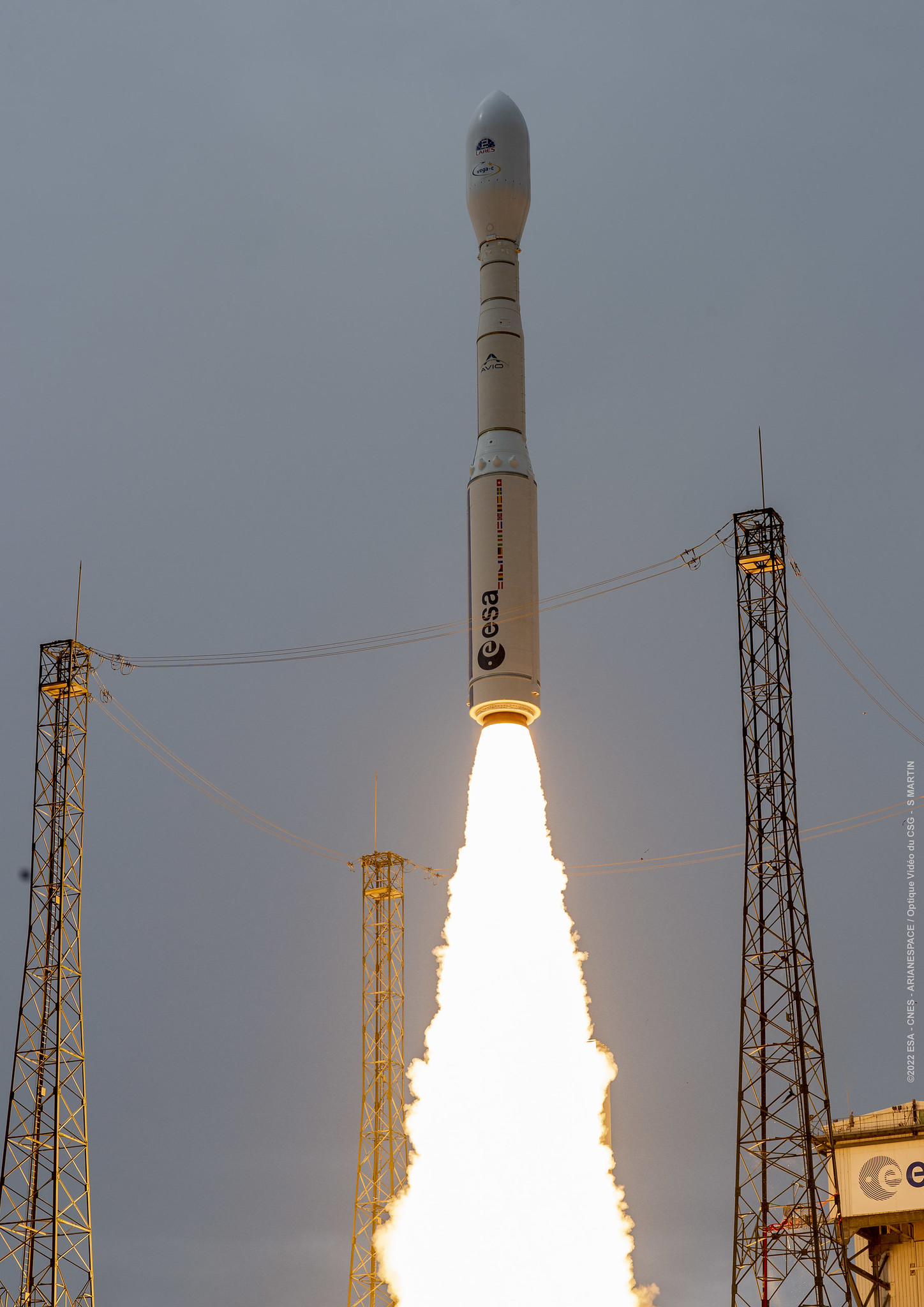Previous Spaceflight Launches
Filter by Agency, Locations or Vehicles
Show All LaunchesLong March 6A | SatNet LEO Group 15
China Aerospace Science and Technology Corporation | ChinaTaiyuan Satellite Launch Center, People's Republic of China
Dec. 8, 2025, 10:11 p.m.
Falcon 9 Block 5 | Starlink Group 11-15
SpaceX | United States of AmericaVandenberg SFB, CA, USA
Dec. 7, 2025, 5:58 p.m.
Long March 8A | SatNet LEO Group 14
China Aerospace Science and Technology Corporation | ChinaWenchang Space Launch Site, People's Republic of China
Dec. 6, 2025, 7:53 a.m.
Kuaizhou 1A | Traffic VDES A & B
ExPace | ChinaJiuquan Satellite Launch Center, People's Republic of China
Dec. 5, 2025, 9 a.m.
Status: Launch Successful
Mission:
Two technology demonstration satellites for satellite transmissions of signals for the VHF Data Exchange System (VDES), a successor to the current Automatic Identification System (AIS) on ships and maritime vessels for traffic management at sea with higher bandwidth on new frequencies for secure communications and e-navigation. This project is a joint effort by the China Ministry of Transport's China Transport Telecommunications Information Center and SpaceSail, operator of the Qianfan/G60 constellation.
Low Earth OrbitFalcon 9 Block 5 | Starlink Group 11-25
SpaceX | United States of AmericaVandenberg SFB, CA, USA
Dec. 4, 2025, 8:42 p.m.
Zhuque-3 | Demo Flight
LandSpace | ChinaJiuquan Satellite Launch Center, People's Republic of China
Dec. 3, 2025, 4 a.m.
Falcon 9 Block 5 | Starlink Group 6-95
SpaceX | United States of AmericaCape Canaveral SFS, FL, USA
Dec. 2, 2025, 10:18 p.m.
Falcon 9 Block 5 | Starlink Group 15-10
SpaceX | United States of AmericaVandenberg SFB, CA, USA
Dec. 2, 2025, 5:28 a.m.
Vega-C | KOMPSAT-7
Avio S.p.A | ItalyGuiana Space Centre, French Guiana
Dec. 1, 2025, 5:21 p.m.
Falcon 9 Block 5 | Starlink Group 6-86
SpaceX | United States of AmericaKennedy Space Center, FL, USA
Dec. 1, 2025, 7:44 a.m.
